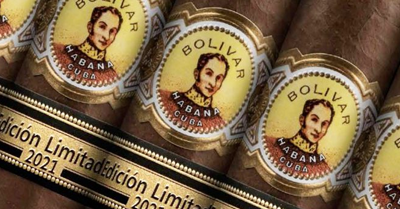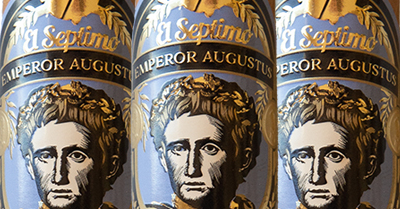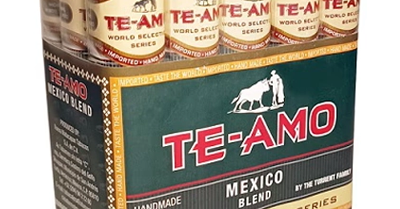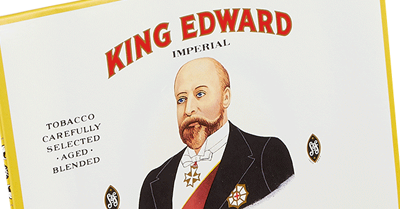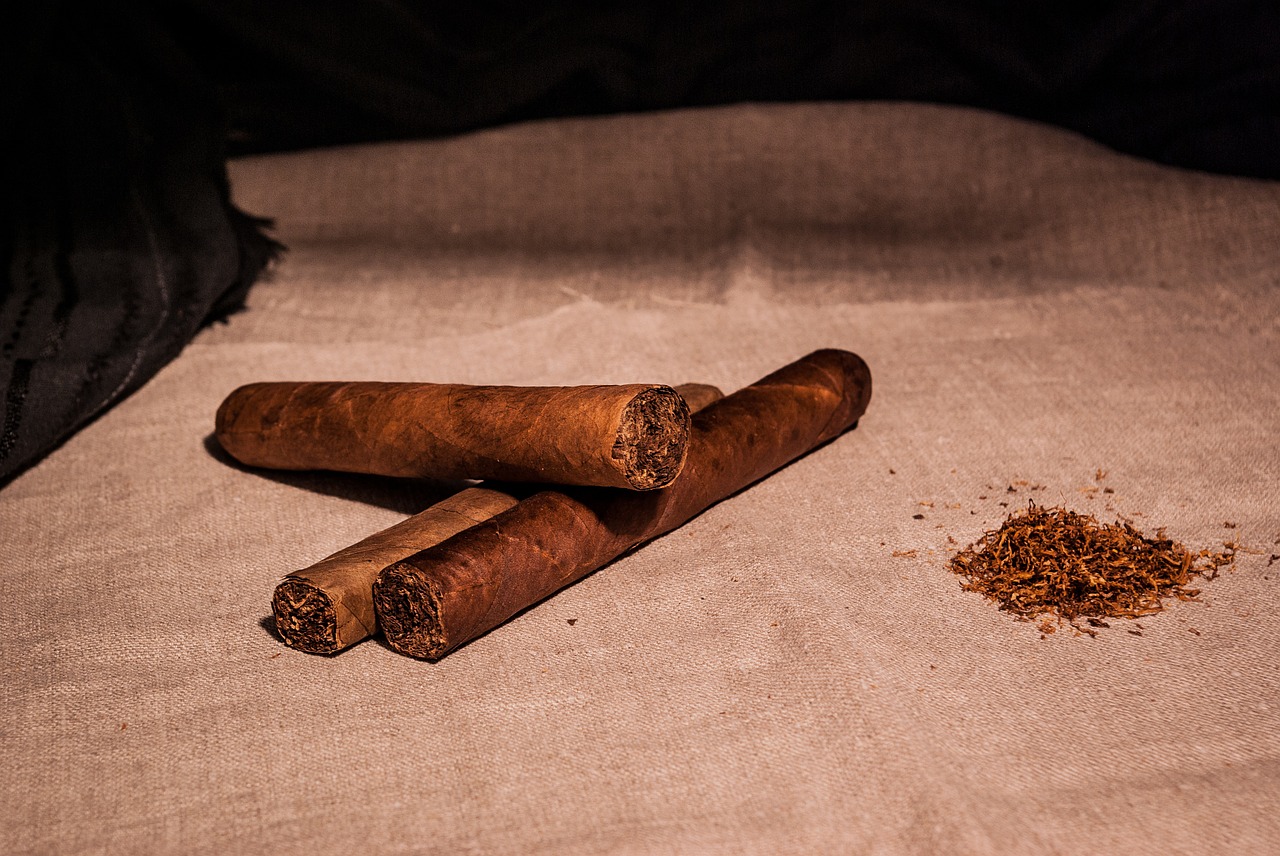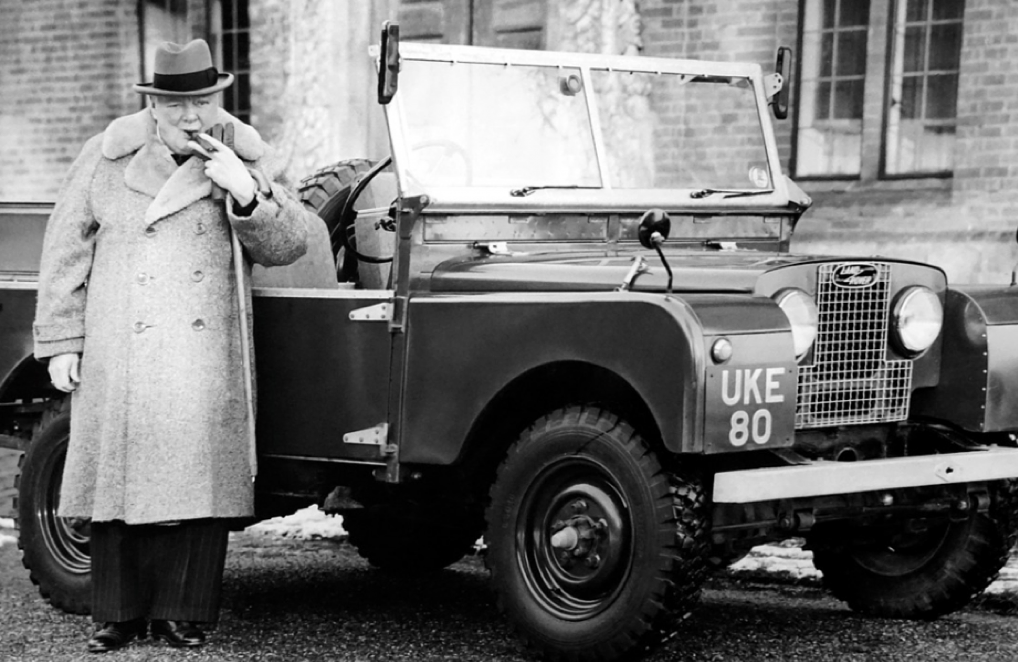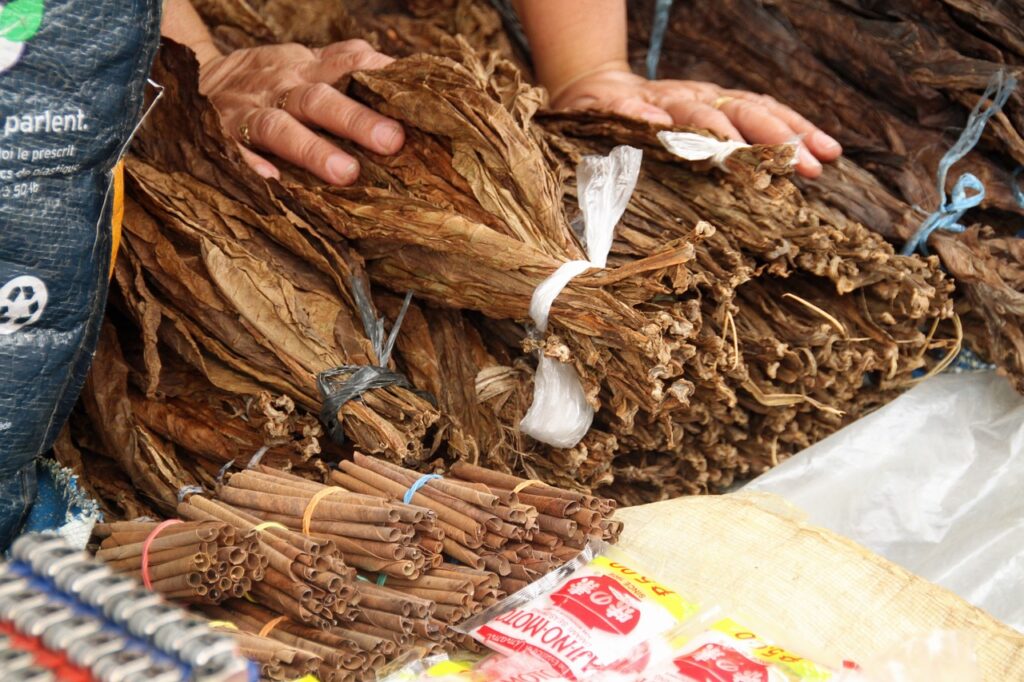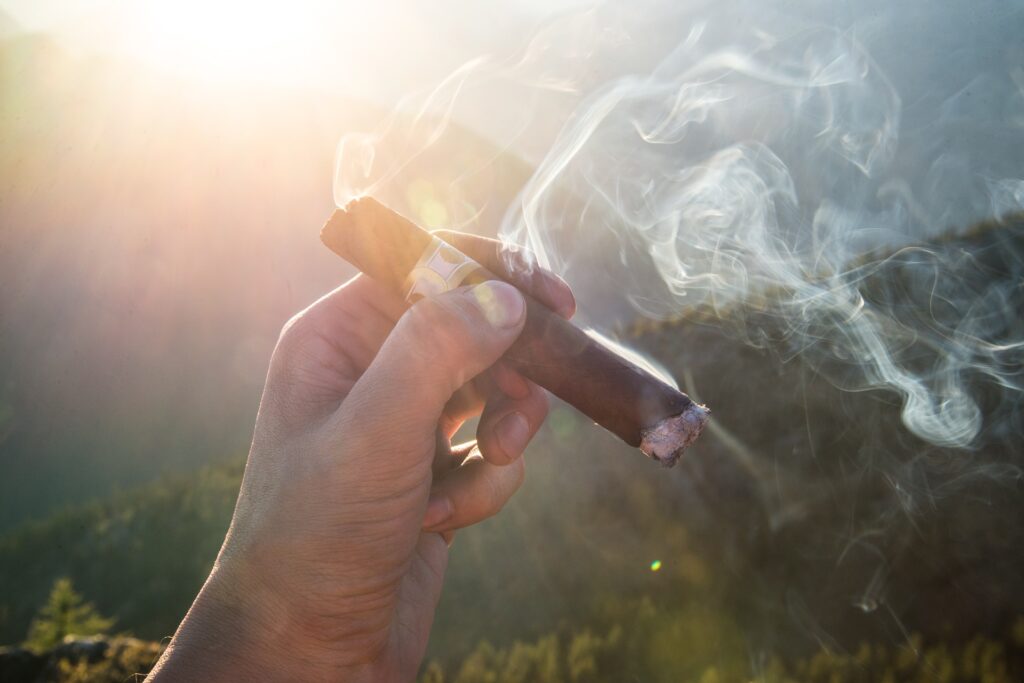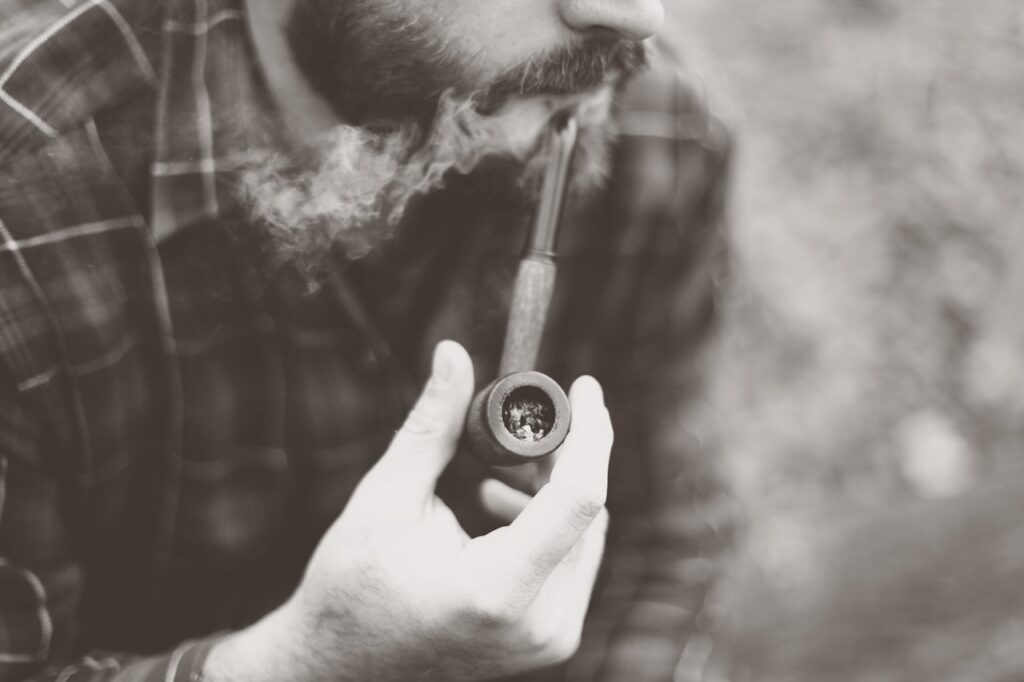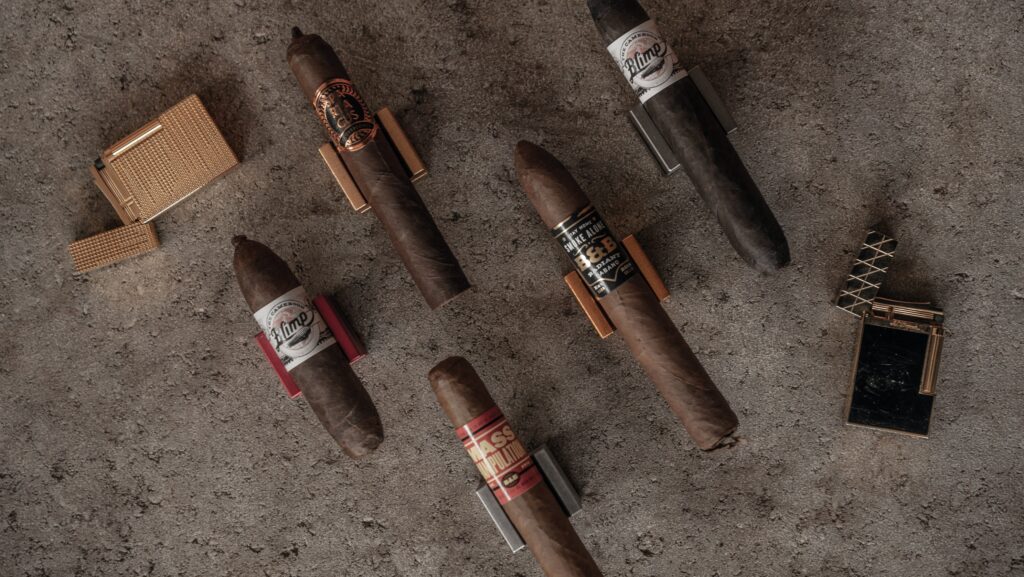
- Cigars
- Cuban Cigars
-
- Dominican Republic Cigars
-
-
Hot Now
Freud Cigars

-
- Costa Rican Cigars
-
- Honduran Cigars
-
-
Hot Now
Rocky Patel

-
- Nicaraguan Cigars
-
-
Hot Now
Hiram & Solomon
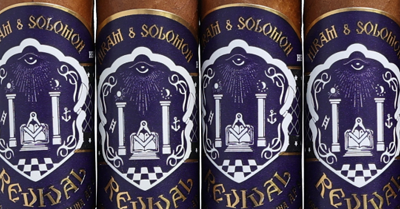
-
- Mexican Cigars
- Machine Made Cigars
-
-
Hot Now
Cuban Minis
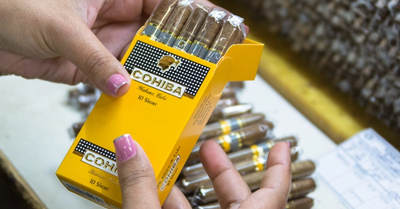
-
- Havana House Exclusives
- Award Winning Cigars
-
-
Hot Now

-
- Flavoured Cigars
- Cigar Selections
-
-
Shop Cigar Selections
- View All
- Cuban Cigar Selections
- New World Cigar Selections
- Cuban & New World Combined Selections
- Staff Picks of the Month
- Cigars & Accessories Selections
- Cigars & Alcohol Selections
- Hot Deals & FOMO Cigar Selections
- Havana House Exclusive Cigar Selections
- Havana House Gift Boxes
- Cigars & Humidor Selections
- Machine Made Cigar Selections
-
Hot Now
Hot Deals

-
-
- Cuban Cigars
- Tobacco
- Hand Rolling Tobacco
-
- Tobacco Flavouring
-
-
Shop Tobacco Flavouring
- View All
- Crushballs
- Filter Flavouring
- Flavour Sprays
- Rizla Menthol Flavour Cards
-
Hot Now
Xtreme Menthol

-
-
- Pipe Tobacco
-
-
- Kendal Pipe Tobacco
- Gawith Hoggarth Pipe Tobacco
- Ilsteds Own Pipe Tobacco
- Kohlhase Pipe Tobacco
- Mac Baren Pipe Tobacco
- Peterson Pipe Tobacco
- Peterson Tobacco (Formerly Dunhill Range)
- Robert McConnell Pipe Tobacco
- Rattray's Pipe Tobacco
- Samuel Gawith Pipe Tobacco
- Solani Pipe Tobacco
- Special Virginia Pipe Tobacco
- Three Nuns Pipe Tobacco
-
Hot Now
Germain’s
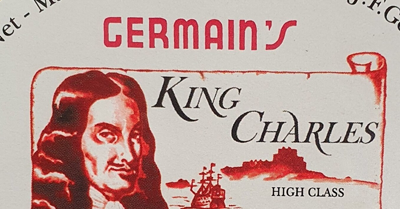
-
- Chewing Tobacco
-
-
Shop Chewing Tobacco
- View All
- Kendal Twist
- Oliver Twist Chewing Tobacco
-
Our Picks
- Oliver Twist Nordic
- Kendal Twist Dark XX
-
Hot Now
Oliver Twist

-
-
- Dokha Tobacco
-
-
Shop Dokha Tobacco
- View All
- Dokha Pipes & Accessories
-
Hot Now
Enjoy Dokha

-
-
- Snuff Tobacco
-
-
Shop Snuff Tobacco
- View All
- Hedges Snuff
- McChrystal's Snuff
- Poschl Snuff
- Wilsons of Sharrow Snuff
-
-
- Alternative Tobacco
-
-
Shop Alternative Tobacco
- View All
- Starbuzz Shisha
- HEETS for IQOS
-
Hot Now
HEETS

-
-
- Nicotine Pouches
-
-
Shop Nicotine Pouches
- View All
- Bjorn Nicotine Pouches
- 77 Nicotine Pouches
- Siberia Pouches
- Oden's Pouches
-
Hot Now
Siberia

-
-
- Tobacco Free Products
-
-
Shop Tobacco Free Products
- View All
- Real Leaf Herbal Blends
- Honeyrose Cigarettes
- Prop Cigarettes
-
Hot Now
Honeyrose

-
-
- Hand Rolling Tobacco
- Accessories
- Humidors
- Cigar Ashtrays
-
- Cigar Cutters
-
- Cigar Punches
-
-
Hot Now
Dissim Punches

-
- Cigar Lighters
-
-
Hot Now
Vector Lighters

-
- Cigar Cases & Holders
-
-
Hot Now
VSB London

-
- Humidors
- Drinks
- Scotch Whisky
-
-
Hot Now
Blue Label

-
- World Whisky
-
-
How Now
Japanese Whisky
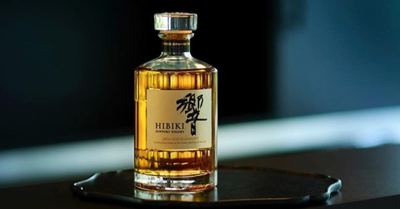
-
- Spirits & Liqueurs
-
-
Shop Spirits & Liqueurs
- View All
- Brandy
- Cocktails & Liqueurs
- Gin
- Rum
- Cuban Rum
- Tequila & Mezcal
- Vodka
-
Hot Now
Cuban Rum
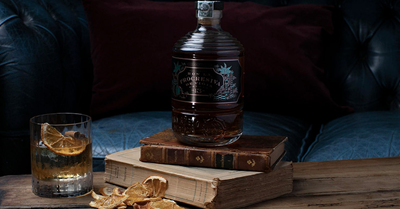
-
-
- Scotch Whisky
- Pipes
- Smoking Pipes
-
-
Hot Now
Savinelli

-
- Dunhill Whitespot Pipes
-
-
Shop Dunhill Whitespot
- View All
- Christmas Pipes
- County Pipes
- Cumberland Pipes
- Shell Briar Pipes
- Limited Edition Pipes
-
Hot Now
Namiki
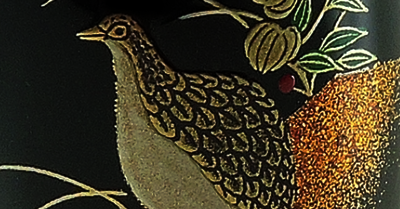
-
-
- Pipe Accessories
-
-
Shop Pipe Accessories
- View All
- Pipe Filters and Cleaners
- Pipe Lighters
- Pipe Pouches and Carry Cases
- Pipe Tools
-
Hot Now
Pipe Pouches

-
-
- Smoking Pipes
- Gifts & Events
- Havana House Gift Guide
-
-
Hot Now
Gift Guide

-
- Luxury Shaving
-
-
Shop Luxury Shaving
- View All
- Razors
- Shaving Creams & Soaps
- Travel Sized Shaving
-
Hot Now
Shaving Cream

-
-
- Events
-
-
Cigar Events
- View All
- Cigar Events
-
Upcoming Events
- Windsor Cigar Cruise (06/07)
- Windsor Plasencia Night (26/04)
-
-
- Havana House Gift Guide
- Cigars
- Cuban Cigars
-
- Dominican Republic Cigars
-
-
Hot Now
Freud Cigars

-
- Costa Rican Cigars
-
- Honduran Cigars
-
-
Hot Now
Rocky Patel

-
- Nicaraguan Cigars
-
-
Hot Now
Hiram & Solomon

-
- Mexican Cigars
- Machine Made Cigars
-
-
Hot Now
Cuban Minis

-
- Havana House Exclusives
- Award Winning Cigars
-
-
Hot Now

-
- Flavoured Cigars
- Cigar Selections
-
-
Shop Cigar Selections
- View All
- Cuban Cigar Selections
- New World Cigar Selections
- Cuban & New World Combined Selections
- Staff Picks of the Month
- Cigars & Accessories Selections
- Cigars & Alcohol Selections
- Hot Deals & FOMO Cigar Selections
- Havana House Exclusive Cigar Selections
- Havana House Gift Boxes
- Cigars & Humidor Selections
- Machine Made Cigar Selections
-
Hot Now
Hot Deals

-
-
- Cuban Cigars
- Tobacco
- Hand Rolling Tobacco
-
- Tobacco Flavouring
-
-
Shop Tobacco Flavouring
- View All
- Crushballs
- Filter Flavouring
- Flavour Sprays
- Rizla Menthol Flavour Cards
-
Hot Now
Xtreme Menthol

-
-
- Pipe Tobacco
-
-
- Kendal Pipe Tobacco
- Gawith Hoggarth Pipe Tobacco
- Ilsteds Own Pipe Tobacco
- Kohlhase Pipe Tobacco
- Mac Baren Pipe Tobacco
- Peterson Pipe Tobacco
- Peterson Tobacco (Formerly Dunhill Range)
- Robert McConnell Pipe Tobacco
- Rattray's Pipe Tobacco
- Samuel Gawith Pipe Tobacco
- Solani Pipe Tobacco
- Special Virginia Pipe Tobacco
- Three Nuns Pipe Tobacco
-
Hot Now
Germain’s

-
- Chewing Tobacco
-
-
Shop Chewing Tobacco
- View All
- Kendal Twist
- Oliver Twist Chewing Tobacco
-
Our Picks
- Oliver Twist Nordic
- Kendal Twist Dark XX
-
Hot Now
Oliver Twist

-
-
- Dokha Tobacco
-
-
Shop Dokha Tobacco
- View All
- Dokha Pipes & Accessories
-
Hot Now
Enjoy Dokha

-
-
- Snuff Tobacco
-
-
Shop Snuff Tobacco
- View All
- Hedges Snuff
- McChrystal's Snuff
- Poschl Snuff
- Wilsons of Sharrow Snuff
-
-
- Alternative Tobacco
-
-
Shop Alternative Tobacco
- View All
- Starbuzz Shisha
- HEETS for IQOS
-
Hot Now
HEETS

-
-
- Nicotine Pouches
-
-
Shop Nicotine Pouches
- View All
- Bjorn Nicotine Pouches
- 77 Nicotine Pouches
- Siberia Pouches
- Oden's Pouches
-
Hot Now
Siberia

-
-
- Tobacco Free Products
-
-
Shop Tobacco Free Products
- View All
- Real Leaf Herbal Blends
- Honeyrose Cigarettes
- Prop Cigarettes
-
Hot Now
Honeyrose

-
-
- Hand Rolling Tobacco
- Accessories
- Humidors
- Cigar Ashtrays
-
- Cigar Cutters
-
- Cigar Punches
-
-
Hot Now
Dissim Punches

-
- Cigar Lighters
-
-
Hot Now
Vector Lighters

-
- Cigar Cases & Holders
-
-
Hot Now
VSB London

-
- Humidors
- Drinks
- Scotch Whisky
-
-
Hot Now
Blue Label

-
- World Whisky
-
-
How Now
Japanese Whisky

-
- Spirits & Liqueurs
-
-
Shop Spirits & Liqueurs
- View All
- Brandy
- Cocktails & Liqueurs
- Gin
- Rum
- Cuban Rum
- Tequila & Mezcal
- Vodka
-
Hot Now
Cuban Rum

-
-
- Scotch Whisky
- Pipes
- Smoking Pipes
-
-
Hot Now
Savinelli

-
- Dunhill Whitespot Pipes
-
-
Shop Dunhill Whitespot
- View All
- Christmas Pipes
- County Pipes
- Cumberland Pipes
- Shell Briar Pipes
- Limited Edition Pipes
-
Hot Now
Namiki

-
-
- Pipe Accessories
-
-
Shop Pipe Accessories
- View All
- Pipe Filters and Cleaners
- Pipe Lighters
- Pipe Pouches and Carry Cases
- Pipe Tools
-
Hot Now
Pipe Pouches

-
-
- Smoking Pipes
- Gifts & Events
- Havana House Gift Guide
-
-
Hot Now
Gift Guide

-
- Luxury Shaving
-
-
Shop Luxury Shaving
- View All
- Razors
- Shaving Creams & Soaps
- Travel Sized Shaving
-
Hot Now
Shaving Cream

-
-
- Events
-
-
Cigar Events
- View All
- Cigar Events
-
Upcoming Events
- Windsor Cigar Cruise (06/07)
- Windsor Plasencia Night (26/04)
-
-
- Havana House Gift Guide
- Cigars
- Cuban Cigars
-
- Dominican Republic Cigars
-
-
Hot Now
Freud Cigars

-
- Costa Rican Cigars
-
- Honduran Cigars
-
-
Hot Now
Rocky Patel

-
- Nicaraguan Cigars
-
-
Hot Now
Hiram & Solomon

-
- Mexican Cigars
- Machine Made Cigars
-
-
Hot Now
Cuban Minis

-
- Havana House Exclusives
- Award Winning Cigars
-
-
Hot Now

-
- Flavoured Cigars
- Cigar Selections
-
-
Shop Cigar Selections
- View All
- Cuban Cigar Selections
- New World Cigar Selections
- Cuban & New World Combined Selections
- Staff Picks of the Month
- Cigars & Accessories Selections
- Cigars & Alcohol Selections
- Hot Deals & FOMO Cigar Selections
- Havana House Exclusive Cigar Selections
- Havana House Gift Boxes
- Cigars & Humidor Selections
- Machine Made Cigar Selections
-
Hot Now
Hot Deals

-
-
- Cuban Cigars
- Tobacco
- Hand Rolling Tobacco
-
- Tobacco Flavouring
-
-
Shop Tobacco Flavouring
- View All
- Crushballs
- Filter Flavouring
- Flavour Sprays
- Rizla Menthol Flavour Cards
-
Hot Now
Xtreme Menthol

-
-
- Pipe Tobacco
-
-
- Kendal Pipe Tobacco
- Gawith Hoggarth Pipe Tobacco
- Ilsteds Own Pipe Tobacco
- Kohlhase Pipe Tobacco
- Mac Baren Pipe Tobacco
- Peterson Pipe Tobacco
- Peterson Tobacco (Formerly Dunhill Range)
- Robert McConnell Pipe Tobacco
- Rattray's Pipe Tobacco
- Samuel Gawith Pipe Tobacco
- Solani Pipe Tobacco
- Special Virginia Pipe Tobacco
- Three Nuns Pipe Tobacco
-
Hot Now
Germain’s

-
- Chewing Tobacco
-
-
Shop Chewing Tobacco
- View All
- Kendal Twist
- Oliver Twist Chewing Tobacco
-
Our Picks
- Oliver Twist Nordic
- Kendal Twist Dark XX
-
Hot Now
Oliver Twist

-
-
- Dokha Tobacco
-
-
Shop Dokha Tobacco
- View All
- Dokha Pipes & Accessories
-
Hot Now
Enjoy Dokha

-
-
- Snuff Tobacco
-
-
Shop Snuff Tobacco
- View All
- Hedges Snuff
- McChrystal's Snuff
- Poschl Snuff
- Wilsons of Sharrow Snuff
-
-
- Alternative Tobacco
-
-
Shop Alternative Tobacco
- View All
- Starbuzz Shisha
- HEETS for IQOS
-
Hot Now
HEETS

-
-
- Nicotine Pouches
-
-
Shop Nicotine Pouches
- View All
- Bjorn Nicotine Pouches
- 77 Nicotine Pouches
- Siberia Pouches
- Oden's Pouches
-
Hot Now
Siberia

-
-
- Tobacco Free Products
-
-
Shop Tobacco Free Products
- View All
- Real Leaf Herbal Blends
- Honeyrose Cigarettes
- Prop Cigarettes
-
Hot Now
Honeyrose

-
-
- Hand Rolling Tobacco
- Accessories
- Humidors
- Cigar Ashtrays
-
- Cigar Cutters
-
- Cigar Punches
-
-
Hot Now
Dissim Punches

-
- Cigar Lighters
-
-
Hot Now
Vector Lighters

-
- Cigar Cases & Holders
-
-
Hot Now
VSB London

-
- Humidors
- Drinks
- Scotch Whisky
-
-
Hot Now
Blue Label

-
- World Whisky
-
-
How Now
Japanese Whisky

-
- Spirits & Liqueurs
-
-
Shop Spirits & Liqueurs
- View All
- Brandy
- Cocktails & Liqueurs
- Gin
- Rum
- Cuban Rum
- Tequila & Mezcal
- Vodka
-
Hot Now
Cuban Rum

-
-
- Scotch Whisky
- Pipes
- Smoking Pipes
-
-
Hot Now
Savinelli

-
- Dunhill Whitespot Pipes
-
-
Shop Dunhill Whitespot
- View All
- Christmas Pipes
- County Pipes
- Cumberland Pipes
- Shell Briar Pipes
- Limited Edition Pipes
-
Hot Now
Namiki

-
-
- Pipe Accessories
-
-
Shop Pipe Accessories
- View All
- Pipe Filters and Cleaners
- Pipe Lighters
- Pipe Pouches and Carry Cases
- Pipe Tools
-
Hot Now
Pipe Pouches

-
-
- Smoking Pipes
- Gifts & Events
- Havana House Gift Guide
-
-
Hot Now
Gift Guide

-
- Luxury Shaving
-
-
Shop Luxury Shaving
- View All
- Razors
- Shaving Creams & Soaps
- Travel Sized Shaving
-
Hot Now
Shaving Cream

-
-
- Events
-
-
Cigar Events
- View All
- Cigar Events
-
Upcoming Events
- Windsor Cigar Cruise (06/07)
- Windsor Plasencia Night (26/04)
-
-
- Havana House Gift Guide
